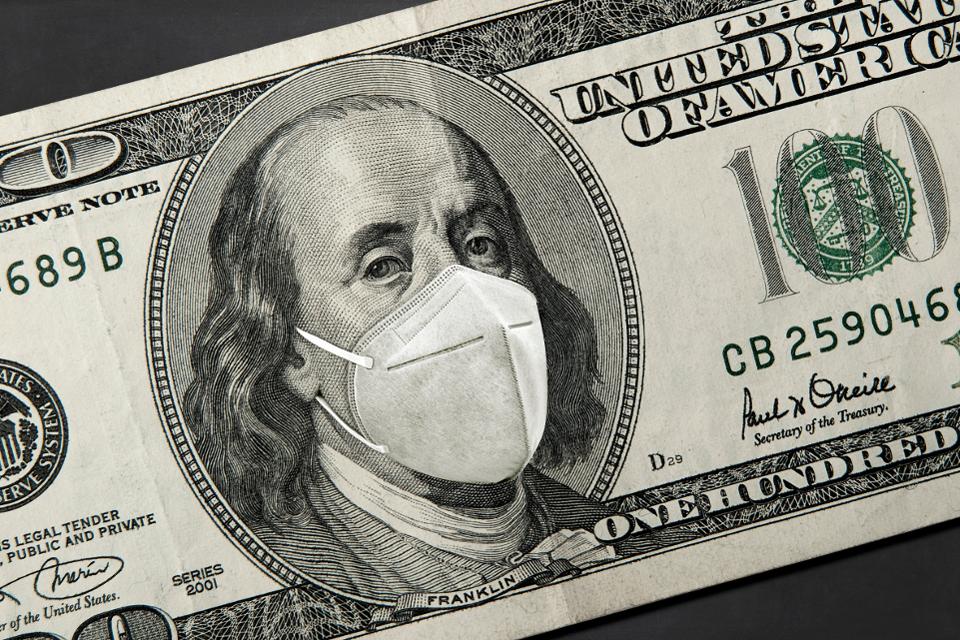Fuente: Forbes
Autor: Bob Zukis
Corporate directors, CEO’s and the entire C-suite will be battling the impact of the COVID-19 pandemic on multiple fronts for months to come. But once things start to come under control, what’s next? Where’s the path to business renewal and growth and how is a company’s business strategy impacted by this crisis?
The key to business strategy coming out of the crisis is to understand how the crisis escalated in the first place. Systemic risk created this crisis. Systemic risk contaminated our global healthcare, economic, social, political and business systems.
Systemic risk is about threats that can jeopardize an entire complex system or systems. It’s difficult but not impossible to predict. It’s non-linear, meaning it doesn’t move sequentially and often small events can have very big effects. It requires a deep understanding of how things inter-relate and work together.
Systemic risk exists in every company’s complex digital business system. But most company’s have no idea what their digital and cybersecurity risk levels are because they don’t understand systemic risk. Just like the world didn’t with the COVID-19 pandemic and just like the financial system didn’t when systemic risk caused the recession of 2008.
Systemic risk has been with us for a long time. But many of our global systems are exponentially more complex than they’ve ever been. And we’re just not very good at understanding the level of systemic risk within them. But this is precisely what every business leader needs to understand to navigate their way into the future.
Systemic risk goes hand-in-hand with systemic change when the risk explodes into the system. Systemic change is about events that can alter entire systems, including business systems. It’s about effects or events that have a much bigger foundational impact – paradigm transforming impacts.
While every company regularly makes changes within their business system to optimize, react and respond to opportunity and threat, they rarely make wholesale changes to their entire business system.
Systemic change can also often take a long time to unfold. Occasionally, a survival level crisis can accelerate a new paradigm, such as when a start-up faces running out of money. Start-ups can often “pivot” to renew their strategy and value proposition.
But COVID-19 is now a systemic shock for every company around the world. A shock that will extend well beyond business systems into every human-made system on the planet.
COVID-19 has changed economies, social systems, consumer behaviors and what customers value and demand. Regulators have stepped in, competitors will react, business partners will fail, employee motivations will change, politics will remain at the forefront and technology will continue to disrupt.
All of these forces are colliding at the same time, materially changing the system of business. The changes are also swift and their scale, unprecedented. When systemic change happens in, or to a business, business strategy needs to adapt.
CEOs and corporate directors are the first-responders to these issues and how the new world order will impact their businesses and stakeholders. A much better understanding of systemic risk and change is required by CEOs and corporate directors to navigate business strategy in this new world order.
Many businesses are familiar with systems design and incremental optimization. Contemplating business strategy and systemic change as a result of COVID-19 and its permanent impact on humanity is an entirely different undertaking.
The essence of this approach is to begin to understand market shifts and opportunities and threats that will arise beyond the obvious. This involves understanding the macro-level issues and impacts, but more importantly the micro-level ones.
Systemic thinking is about understanding how things work together. How a single point of infection can cascade and take down an entire healthcare system along with every human-made system globally. How consumer behavior can alter a business model, value proposition or competitive advantage and create market opportunity.
While many small, medium and large businesses may not survive, every survivor will need to adapt. The future of business is not about resiliency, i.e., snapping back into form. It’s about renewal and adapting to the paradigm-shifting changes that are already unfolding.
The $2 trillion CARES Act may delay some of the carnage, but it won’t delay permanent systemic shifts in what people value and how they’ll behave post-pandemic. Several industries, and many companies are already facing survival level issues. Many more markets will experience foundational shifts and disruption whether geographic, product or service related.
Corporate leadership was already struggling with digital transformation and its pace and scope of disruption. While digital transformation won’t go away, smart leaders will recognize and leverage their digital operating system to capitalize on the disruption.
Sometimes forced change is good, especially when a system is weak and has flaws. The systemic risk that got us into this mess will change to systemic change that will lead us out. We can do better on many fronts, and now we have to.
Here’s the CEO cheat sheet for business strategy after COVID-19:
- Understand systemic risk and how it caused the pandemic. Systemic risk is about how a threat can jeopardize an entire system or systems. For example, many businesses have seen the systemic threat of cybersecurity risk significantly impact their entire business systems.
- Anticipate the systemic changes being driven by COVID-19 and the events and opportunities that will change entire systems, including your business system.
- Focus on how things work together as this drives systemic risk and changes in complex systems.
- Focus first on the forces of change that have high levels of certainty and predictability on your markets and value propositions, e.g., economic, regulatory, digital, consumer behavior, competitive reaction.
- Don’t ignore small, or micro-level changes. They often have an outsized impact on complex systems. Just ask the one person who first got infected with COVID-19.












